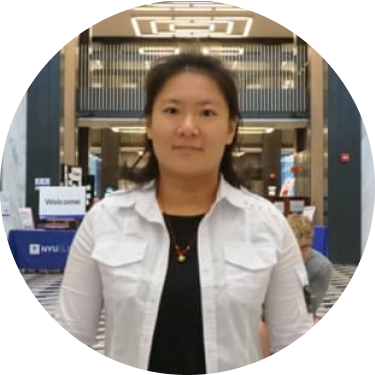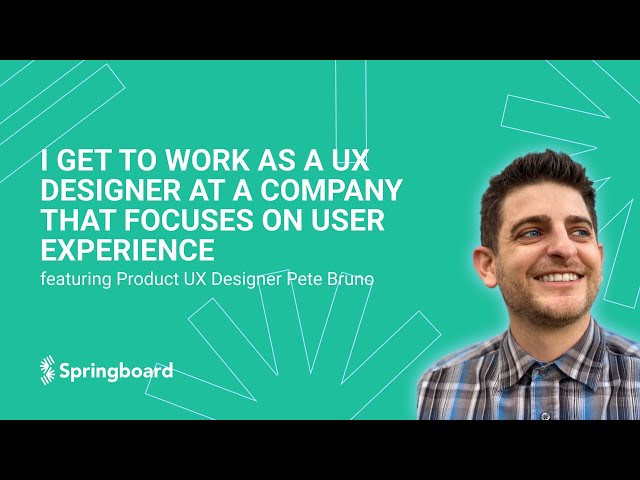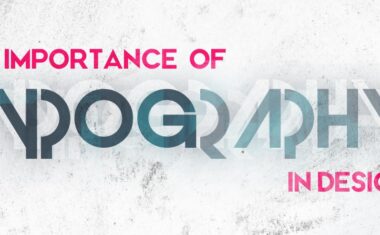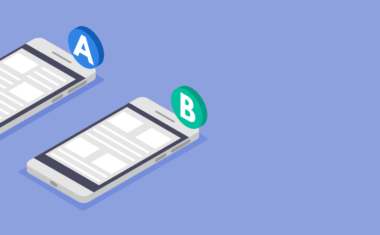How Do You Become a UI/UX Designer?
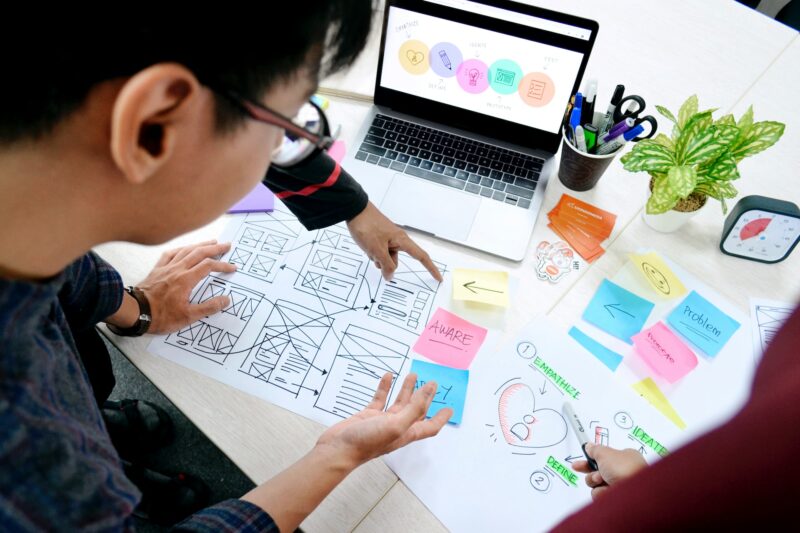
In this article
Great UI/UX designers create seamless, pleasurable product experiences that center user needs, ensuring user loyalty to a product or brand. Because great design is integral to the success of a product or brand, UI/UX designers are in high demand. And given our growing reliance on digital interfaces, that demand for UI/UX designers is only going to grow too.
But while it’s clear that UI/UX designers are in demand, the path to becoming a UI/UX designer isn’t as clear-cut. Many pursue a self-taught learning path, which is a totally visible way to become a UI/UX designer, but can seem a bit daunting at first.
That’s why we’ve created this guide. Below, we’ll detail how you can teach yourself the tenets of UI/UX design and ultimately land your dream job.
What Does a UI/UX Designer Do?
UI/UX designers use design thinking to understand users, define their problems, and create innovative solutions that can be prototyped and validated through testing. As part of the UI/UX design process, designers conduct user research and create wireframes, prototypes, and mockups. Designers also facilitate user testing to gauge how users interact with a design solution.
Can You Become a UI/UX Designer on Your Own?
Yes! Self-taught UX/UI designers exist, but learning design on your own can be difficult. You’ll need to create your own learning path, which can be a fraught process without any prior design knowledge. Because of the difficulties of this, many choose to instead enroll in a UI/UX design bootcamp, where you’ll also be able to develop a professional design portfolio with the help of an industry-expert mentor. But if you’re committed to the self-taught path, then read on!
How To Become a UI/UX Designer

Want to become a UI/UX designer but don’t know where to start? Let’s break down the process step by step.
Make a List of Your Career Interests
Think about your passions and transferable skills. Are you interested in graphic design? Are you obsessed with typography and color theory? If you have an eye for design, you might be interested in a career as a visual designer. On the other hand, if you’re curious about human-computer interaction and find yourself thinking about ways to make digital products easier to use, you might be interested in interaction design. UI/UX skills will open up a variety of career paths within the design industry.
Build Your Foundational Skills
UI/UX design courses like Springboard’s UI/UX Design Career Track can help you master design fundamentals and develop the practical skills you need to get hired. Students enrolled in bootcamp programs like Springboard learn to use Figma, Sketch, and other industry-standard design tools. Each student is also paired with a design mentor to guide them through the curriculum, which covers all phases of product development.
Reinforce Your Skills with Free Resources
Use free design tutorials to sharpen your technical skills and brush up on basic principles of design. Experiment with free resources like:
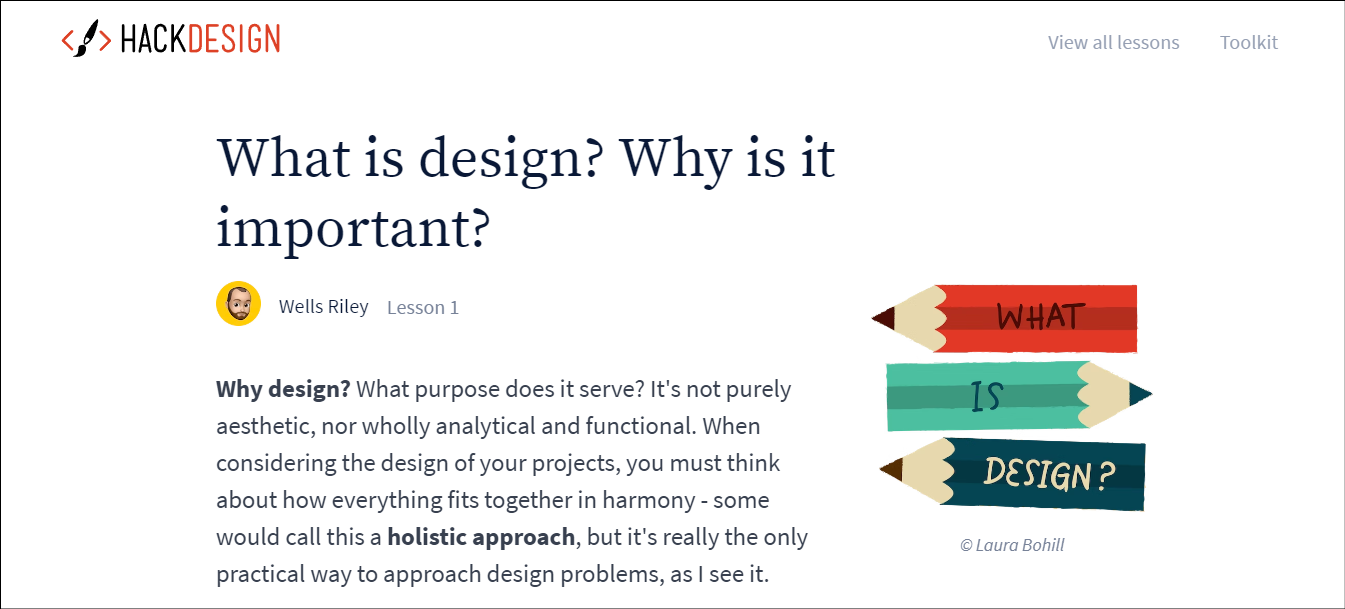
- Hackdesign. This free resource offers lessons focused on specific areas of UI/UX design, including typography, mobile app analytics, content strategy for interfaces, designing with code, and more. Hackdesign’s lessons are created by top designers involved with companies like Airbnb, Tech Crunch, and more. Design challenges, tool guides, and more are included.

- Figma. Figma offers a collection of design exercises and practice files. Use this free resource to brush up on developing user storyboards, reducing complexity, creating design briefs and mood boards—and more. Figma’s content covers design thinking, accessibility, user research, and other key components of effective UI/UX design.
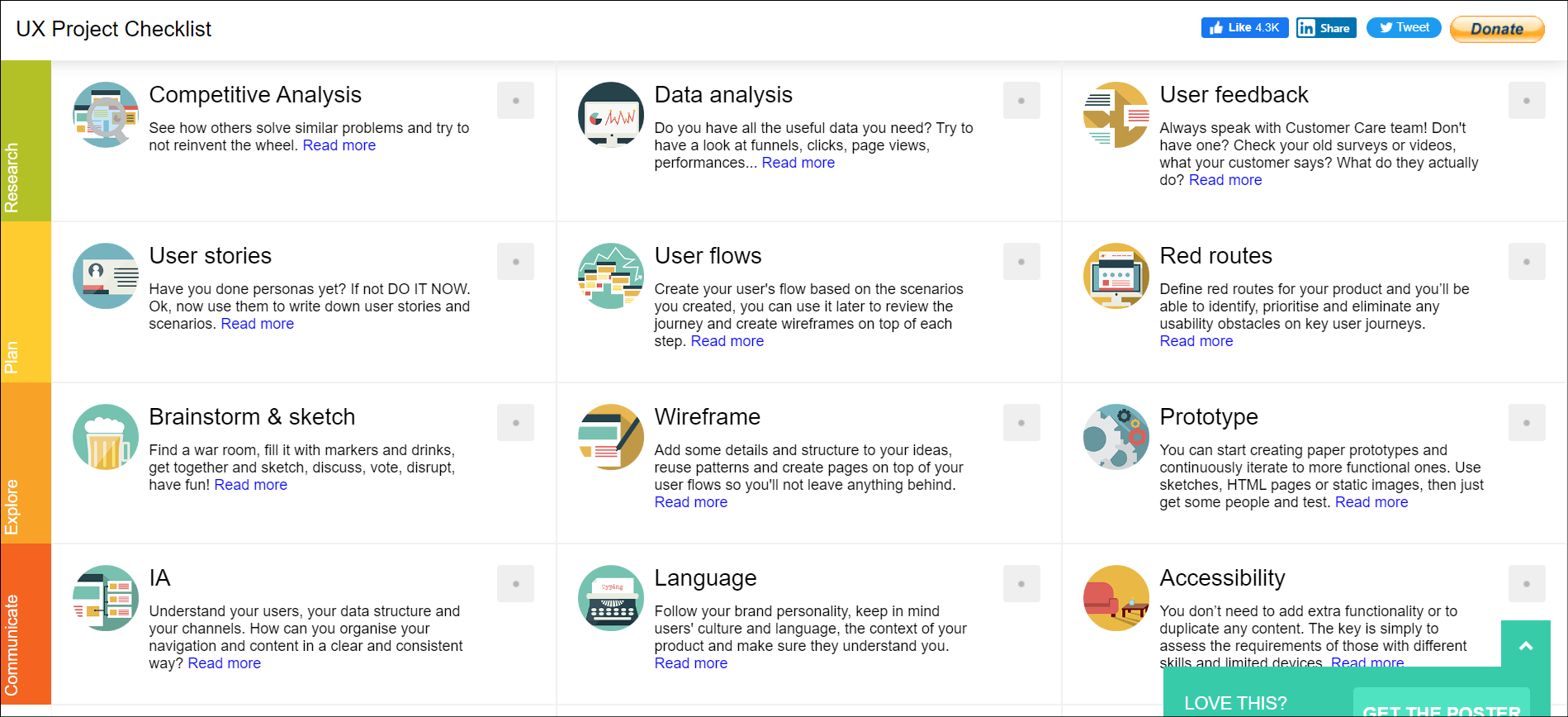
- UX Project Checklist. From icon usability to micro-interactions, this Github resource covers every component of a successful design project. Use this checklist to evaluate your projects and see where you can make improvements. If you’re stuck or want to learn more about different project components, the checklist offers deep-dive articles on each item.
Design Products That Align with Your Interests
Designing products that dovetail with your passions and unique domain knowledge can help you land a job in that sector. So if you’re a foodie, then create an app that helps users find new pop-up restaurants in your city. Apply this approach to the types of projects you tackle as well. If you’re interested in UI design, focus on creating mockups with beautiful interfaces. If you’re interested in user research, dig into user interviews and create strong user personas. Envision the job you want and tailor your work to your ideal design career path.
Get To Know Other Design Students
Yipeng Wang
UX Researcher at Google
Kelly Hart
UX/UI Designer at Perficient
Sinem Ozkaya
UX Designer at Microsoft
Get Feedback on Your Designs
Join a design community to ask questions about and get feedback on your design projects. You’ll also be able to use these forums to network. You might even build relationships with designers who could connect you with a future employer. Vibrant design communities include:
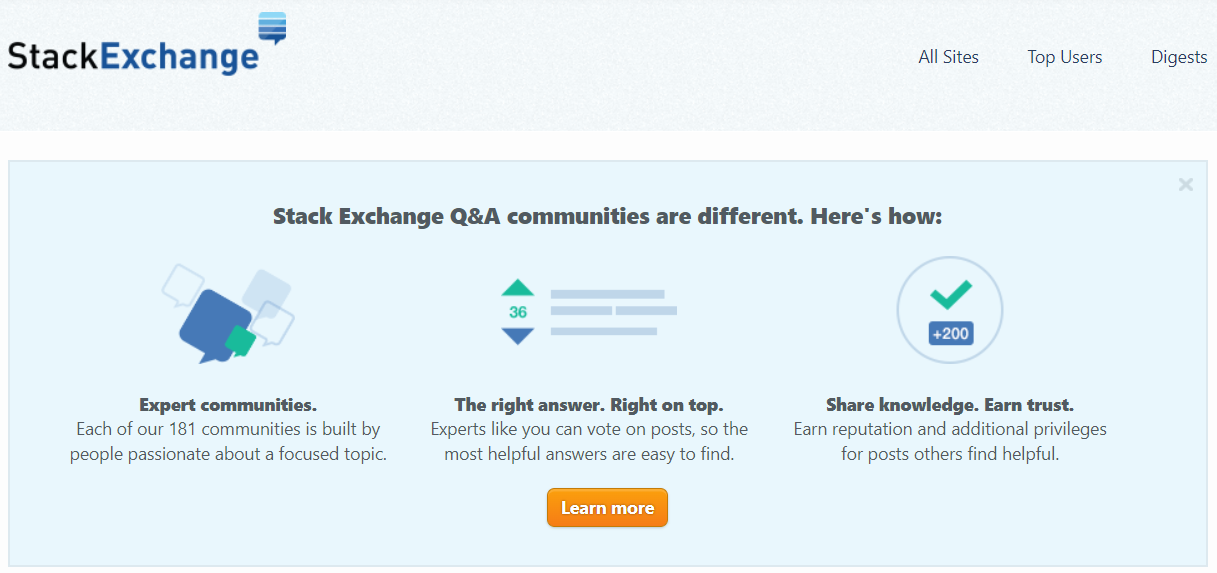
- UX Stack Exchange. This question-and-answer forum caters to UX designers, UX researchers, information architects, and interaction designers. From usability to interaction design, each post on the forum is tagged by subject matter, which makes information retrieval a breeze.
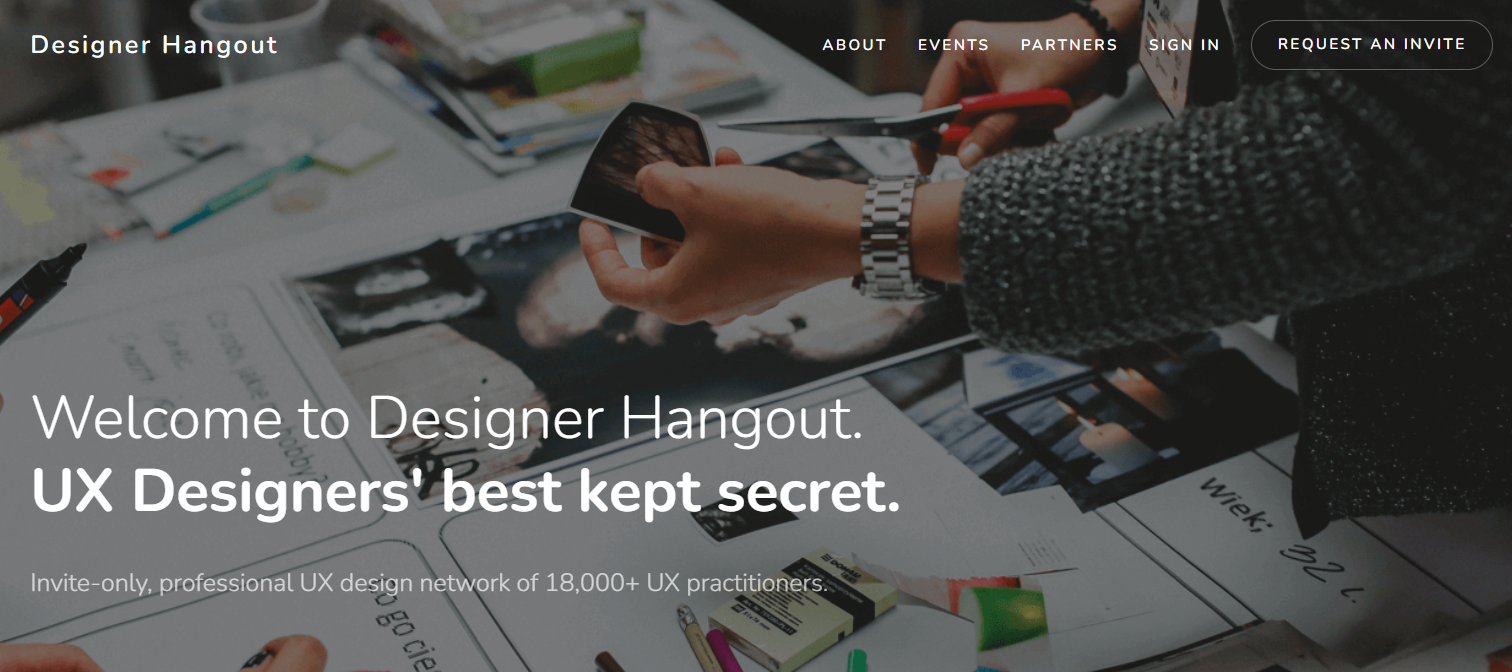
- Designer Hangout. This invitation-only network is recommended by industry experts like Jared Spool and Laura Klein. As part of Designer Hangout, you’ll get feedback on your designs as well as opportunities to progress your career through networking.

- Dribbble. Dribble is a community of designers sharing their work. Other users can leave suggestions or praise for your design through comments on the platform.
Get Real-World Experience
Practical experience goes a long way in the eyes of potential employers. To demonstrate your technical skills, you’ll need to bring your designs to life with real projects and collect these projects into a portfolio that you can show to hiring managers. Try redesigning your favorite websites to improve usability, consistency, or user control. Get a design internship, or offer your services as a designer to friends, family, and local businesses free of charge.
Combine Everything into Your Resume & Portfolio and Apply for Jobs
Once you’ve built a resume and compiled your best work in an online portfolio, you’ll be ready to design jobs. Search for opportunities using industry-specific job boards like UX Jobs Board and AngelList. Reach out within your network for connections to prospective employers. If you enroll in a career-focused bootcamp program like Springboard’s UI/UX Design Career Track, a career coach will help you build your resume and create a job search strategy.
Learn From the Experts: How To Become a UI/UX Designer
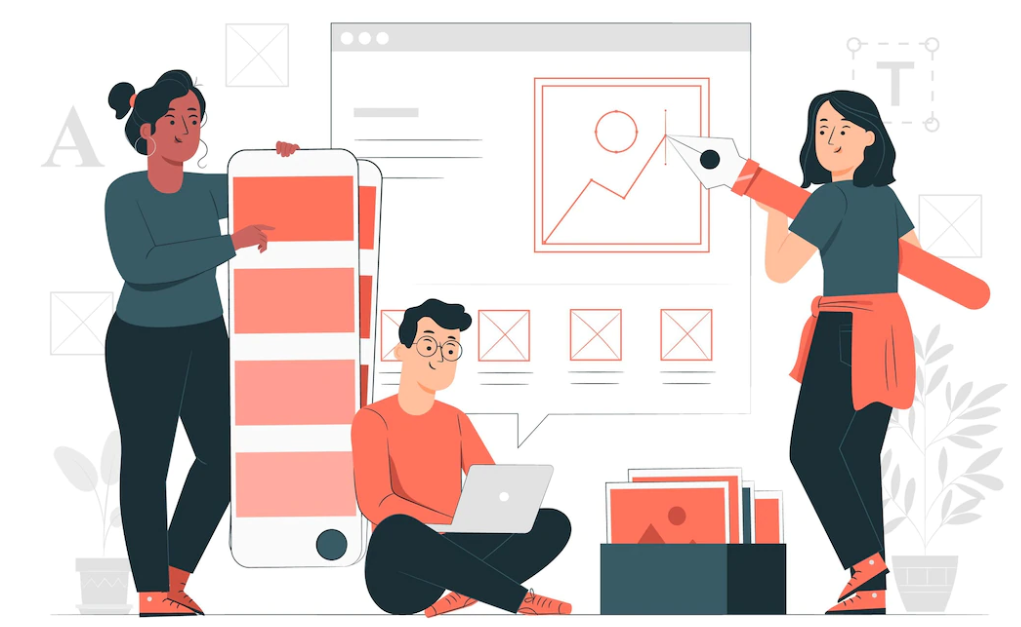
Wondering how to approach your design journey? Take cues from professional designers who made the jump. Here are a few videos in which pro designers discuss how they launched their careers:
- Brandon Groce. In this video, designer and Adobe Partner Brandon Groce explains how he built his design career from the ground up and offers tips to help viewers do the same.
- Nicky Arthur. In this video, Springboard grad Nicky Arthur explains how she transitioned from graphic design into user experience design. She discusses her career switch as well as her passion for research and usability testing.
- Pete Bruno. In this video, Springboard grad Pete Bruno explains his journey from working in construction to working in UX design. He talks about the importance of building a strong portfolio, how to evaluate design challenges, and more.
FAQs About Becoming a UI/UX Designer
Read on for answers to frequently asked questions about how to launch a design career.
How Long Does It Take To Learn UI/UX Design?
Designers rarely hold formal degrees in UI/UX. Most enroll in bootcamp programs to build the skills they need to get hired. This type of design program will typically require six to nine months of study, depending on your schedule, pace, and learning style.
Self-learning will likely take longer, as you’ll need to build your own curriculum, answer your own questions, and separate the wheat from the chaff when evaluating resources, exercises, tutorials, and advice.
Can You Get a UI/UX Job With No Experience?
It is possible to get a UI/UX job with no professional experience, but you’ll need an outstanding portfolio to do so. If you enroll in a design bootcamp, you’ll be able to build applied skills through hands-on, project-based learning.
As a student in Springboard’s UI/UX Design Career Track, you’ll gain job-ready skills through mini projects, four portfolio projects, and a 40-hour industry design project that solves a business problem for a real company. In addition to honing your technical skills, these projects will comprise the professional design portfolio that you need to get hired.
How Is UI Different From UX?
User interface (UI) designers create digital interfaces. Excellent UI design uses clear visual metaphors to indicate the meaning of a button (think of the floppy disc icon that users click on to save a file, for example). Great UI is efficient, consistent, and allows users to easily undo mistakes.
UI designers are responsible for creating mockups and prototypes. They create the look and feel of a digital product, and strive to create beautiful interfaces that users facilitate frictionless interaction.
On the other hand, user experience (UX) designers, are tasked with understanding the user’s wants, needs, goals, and problems. UX designers may be involved in all stages of product development, including user research, ideation, prototyping, and testing. UX represents the totality of a user’s experience when interacting with a product. A product with strong UX is easy to use and helps users accomplish goals efficiently.
UX designers are responsible for analyzing how people use products, conducting user research, building user personas, mapping out user journeys, ideation, wireframing, prototyping, and testing.
Since you’re here…
Not sure where you’ll find the time to learn UX and UI skills? We’re here to help. Our fully flexible UI/UX Design Bootcamp takes just 12-15 hours a week over 6 months and is proven to increase student salaries by $25,033 on average per annum. We’ve helped over 10,000 students make the switch without quitting their day jobs – shouldn’t you be next? Jump in today with our free design fundamentals course.
